Good to know, thanks! HPAcademy on Youtube had an interesting video on AFR vs power where he did a bunch of dyno pulls back-to-back while varying the AFR, and it was surprising to me how little AFR matters (up to a point). There certainly is a lot of fudge factor to work with, although you have to watch EGT and knock as things go leaner. Still, it looks like finding an optimum AFR is not too onerous of a task. Ignition timing...yeah it seems like one needs to be a lot more careful with that as advance increases. Sssquid and I are going to try to work out some base maps using the tune he developed for Motronic, and I will plan to do the "real" tuning when I drive out there.
Would you say that you have gotten your idle and throttle-transition behavior to be better than stock with VEMS? I'd assume so since (IIRC) your career involves tuning for fleets of commercial vehicles.
Would you say that you have gotten your idle and throttle-transition behavior to be better than stock with VEMS? I'd assume so since (IIRC) your career involves tuning for fleets of commercial vehicles.



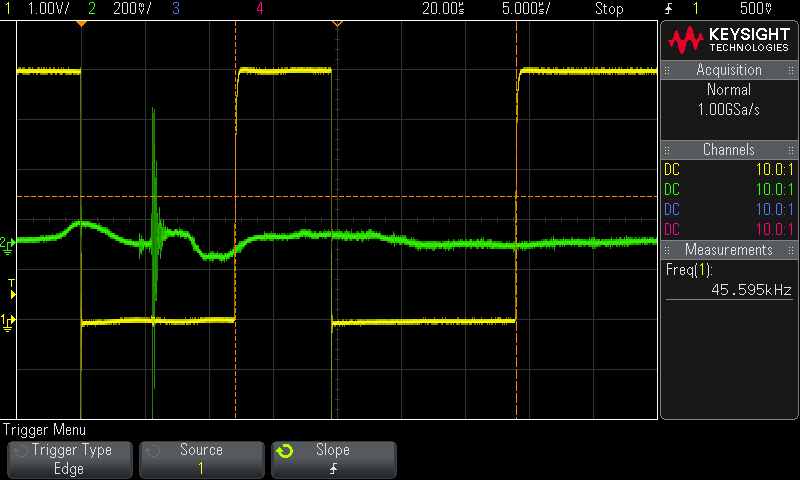
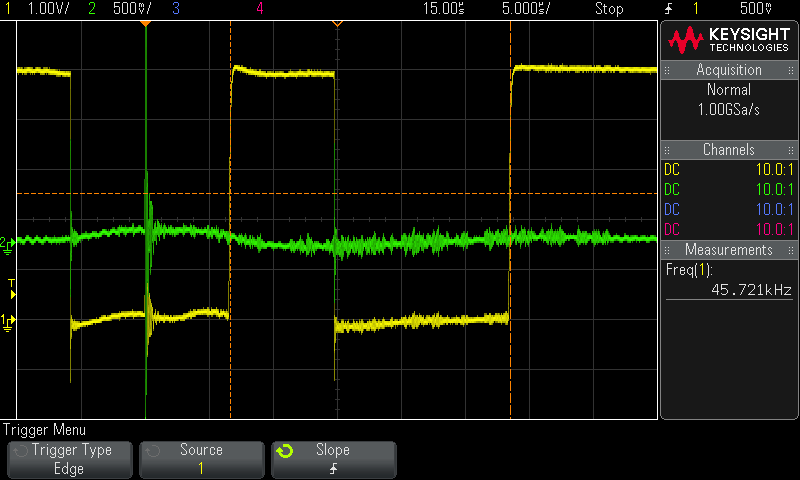
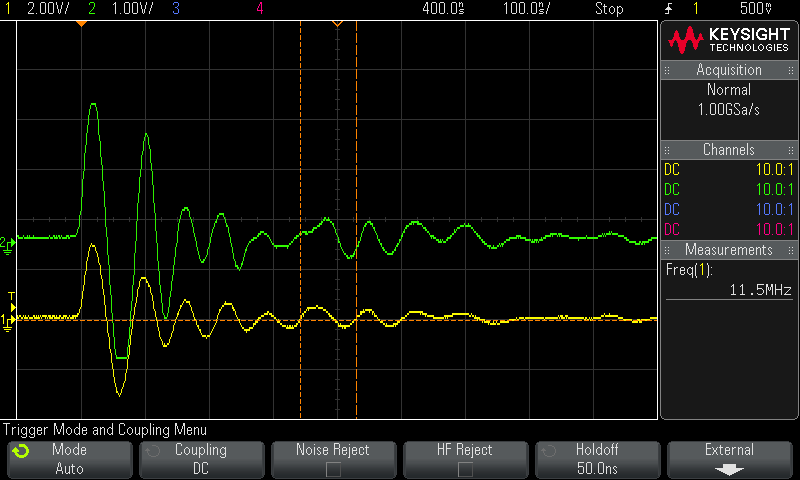


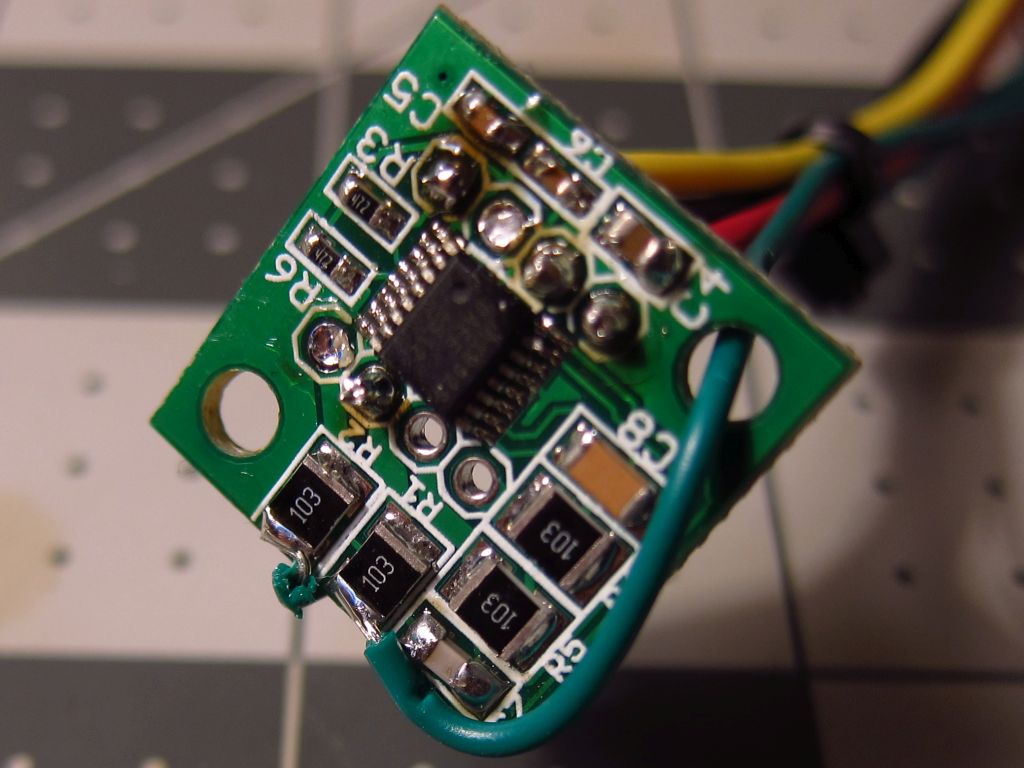
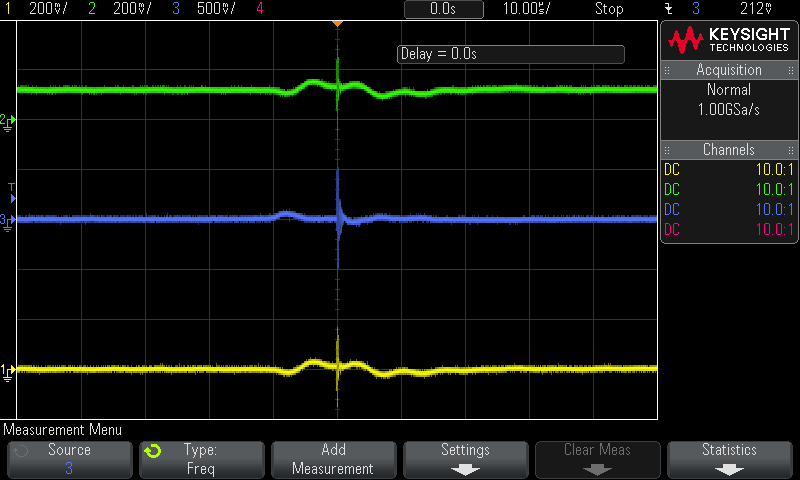
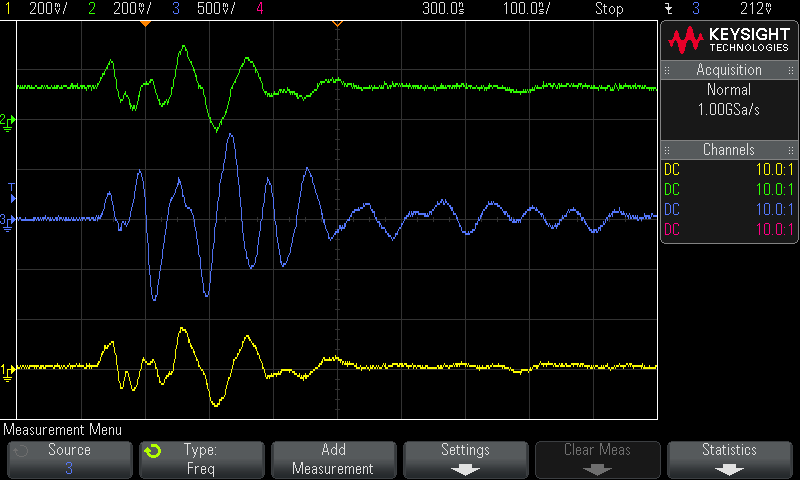
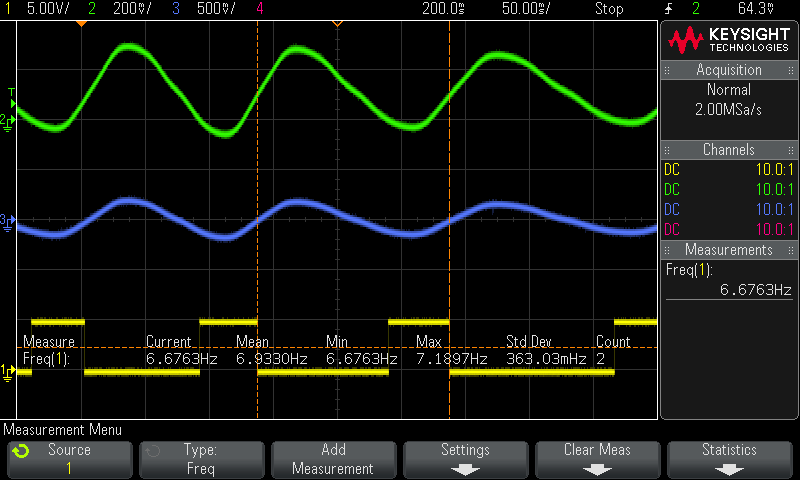
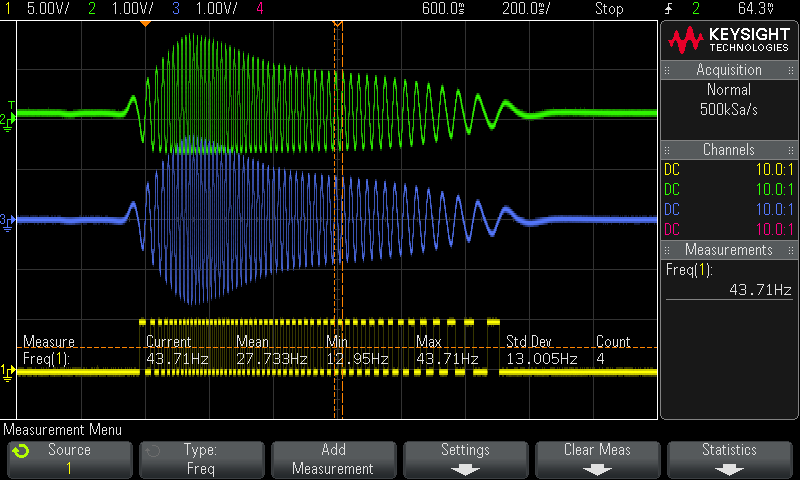
Comment